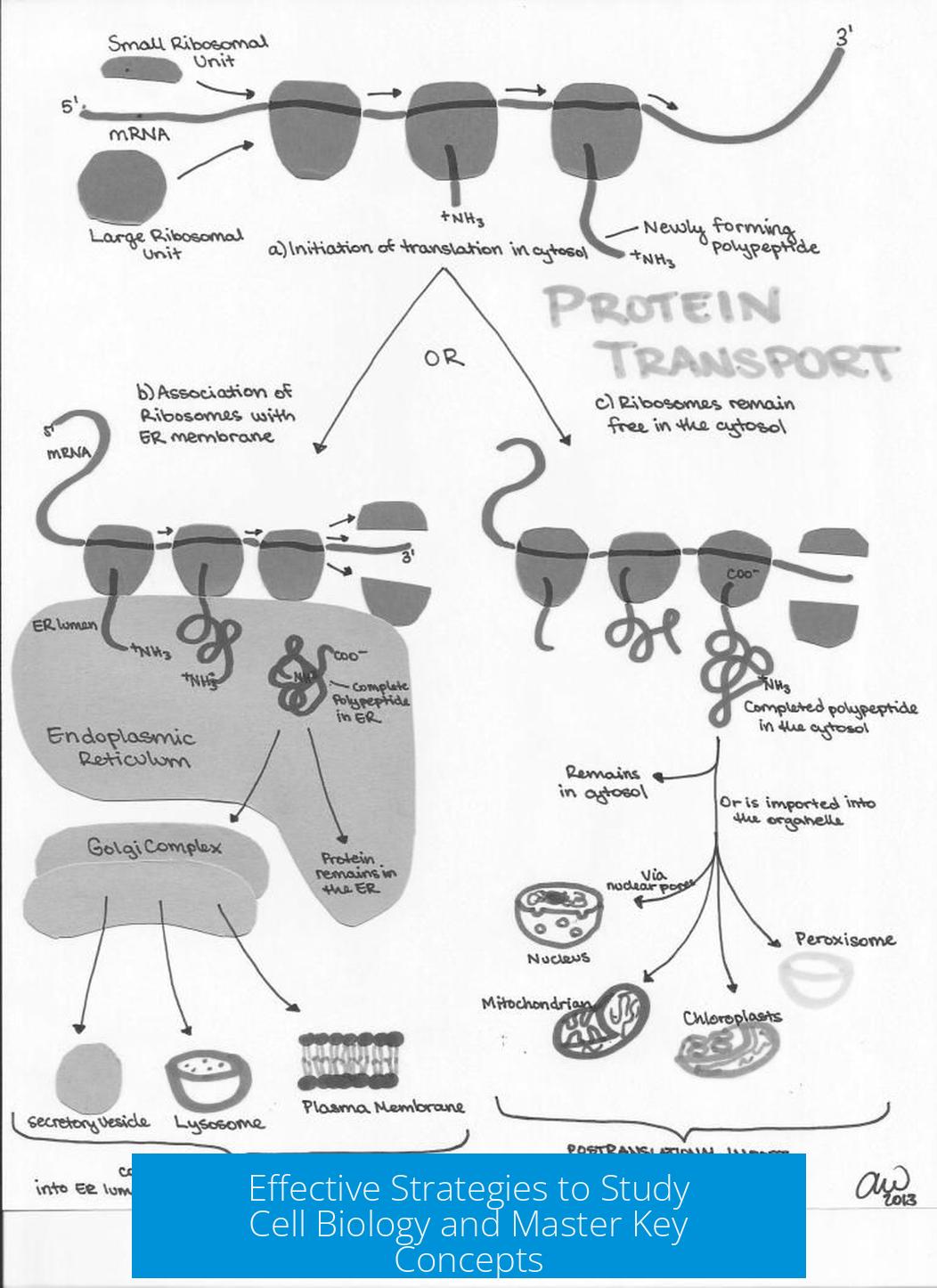How to Actually Study Cell Biology?

To effectively study cell biology, focus on understanding concepts and relationships rather than just memorizing facts. Build a strong conceptual framework, use analogies, interact with varied resources, and repeatedly write out what you learn to reinforce memory.
1. Read Actively and Understand Relationships
Start by reading extensively. Take notes and draw diagrams to visualize processes. Avoid rote memorization; this approach leads to quick forgetting.
Instead, focus on understanding how cellular components interconnect. In cell biology, grasping interactions between organelles and biochemical pathways builds deeper knowledge.
Maintain curiosity by questioning “why” during your study. This attitude promotes engagement and cognitive linking which improves recall.
2. Learn Cell Communication and Function via Analogies
Cells operate like factories, where components communicate to maintain function. For example:
- Nucleus: Office storing blueprints (DNA).
- Endoplasmic Reticulum (ER): Factory floor synthesizing proteins.
- Ribosomes: Factory workers assembling proteins.
This analogy helps organize hundreds of facts into a cohesive story, making complex ideas manageable.
3. Build Conceptual Frameworks Before Diving into Details
Begin with broad concepts like cell structure and major functions before exploring finer details. For example, understand why the ER has a curved shape — the lipid head groups’ sizes create membrane curvature.
Focus on trends, structure-function relationships, and use real-world analogies. Details will make more sense once the framework is solid.
4. Use Focused Study Resources
Avoid overwhelming yourself with dense textbooks. Instead, use summary notes, YouTube videos, lecture slides, and homework problems for clearer, concise explanations.
If reading textbooks, concentrate on bolded terms and highlighted sentences to capture key information efficiently.
5. Reinforce Learning by Writing and Rewriting
After studying a topic, write everything you remember from memory. Then review material again and repeat the process. This active recall strengthens understanding and retention.
Choose the note-taking style that works best—rough notes promote rapid learning while neatly organized notes aid review.
Key Takeaways
- Understand relationships and communication between cellular components instead of memorizing isolated facts.
- Use analogies to simplify complex concepts and create a coherent mental picture.
- Build a broad conceptual framework first, then add details gradually.
- Choose efficient resources like summaries and videos over reading entire textbooks.
- Practice active recall by writing out learned material repeatedly.





Leave a Comment